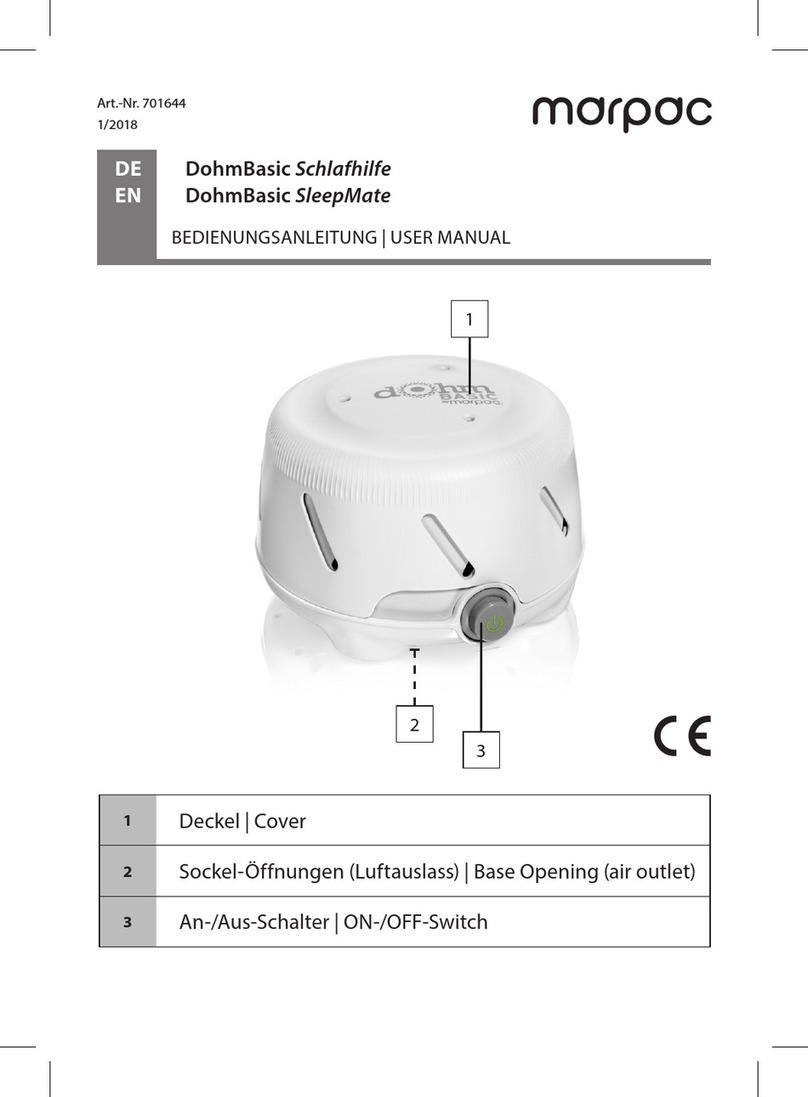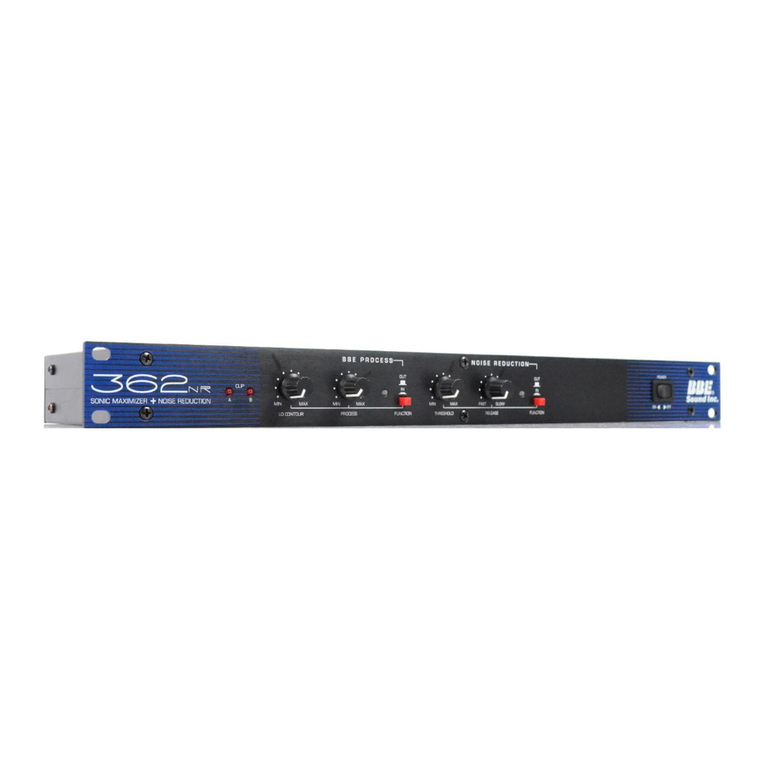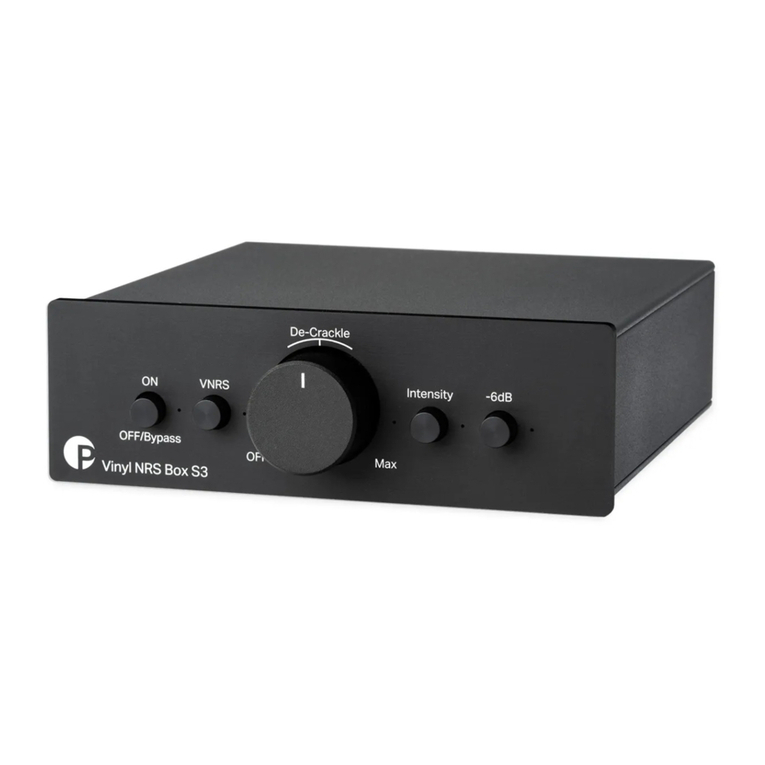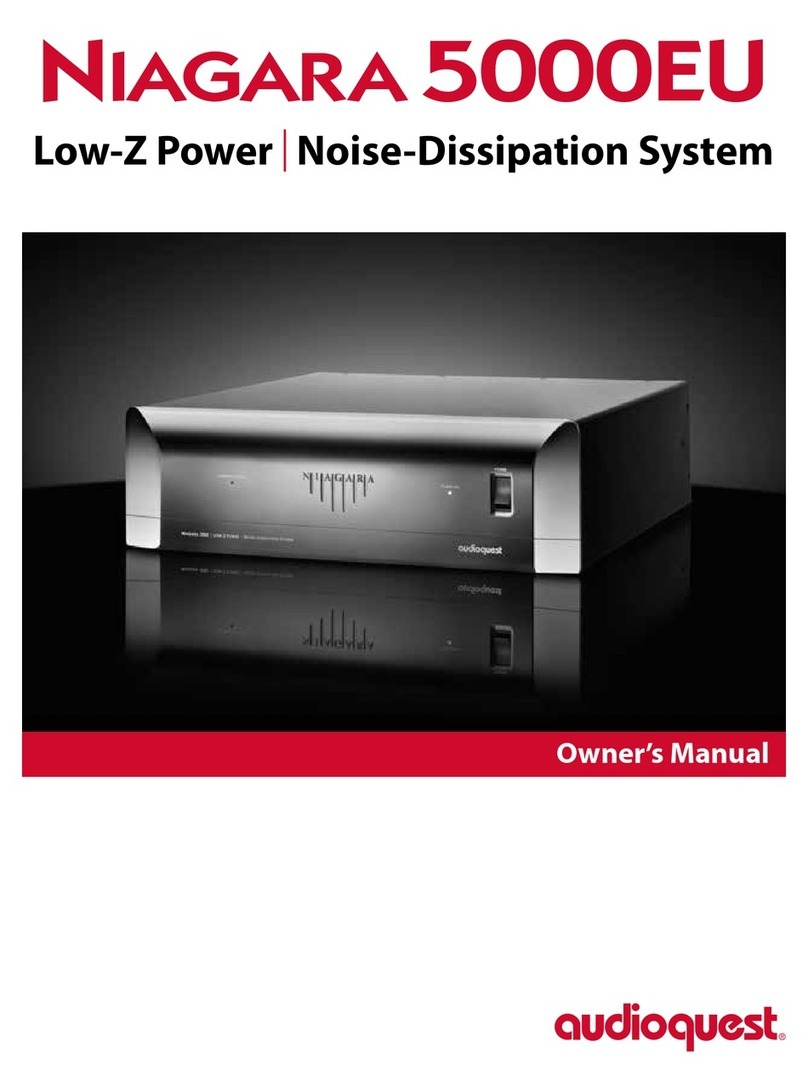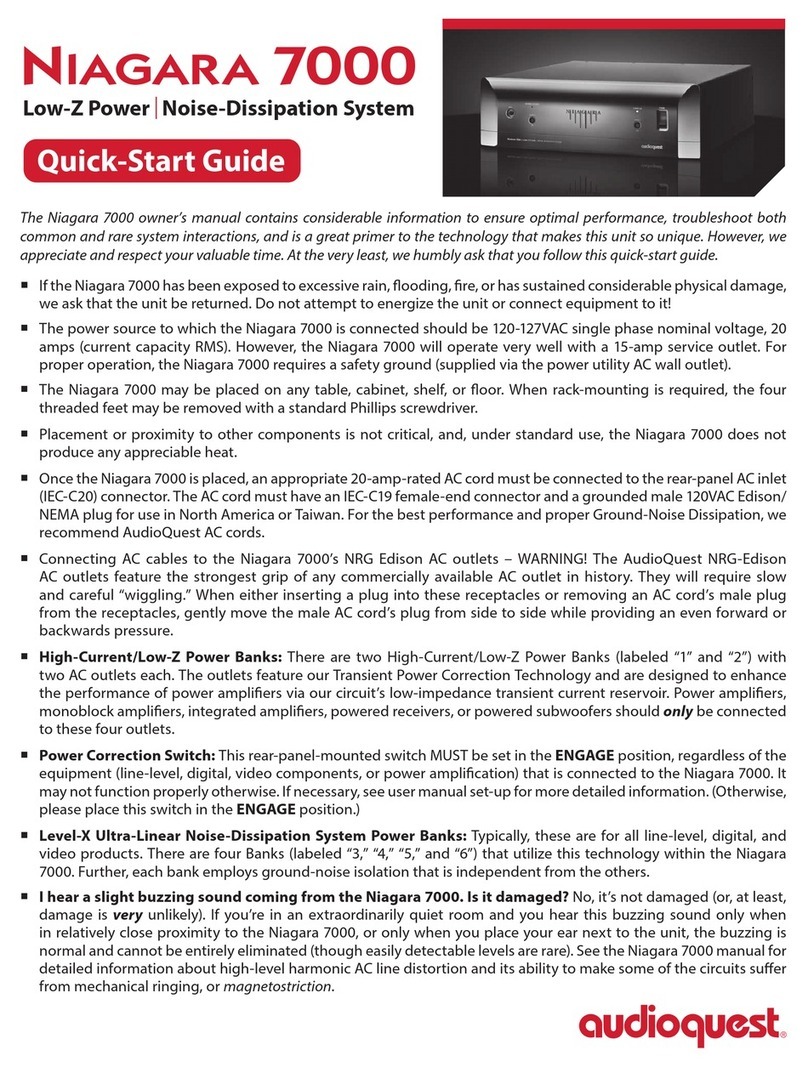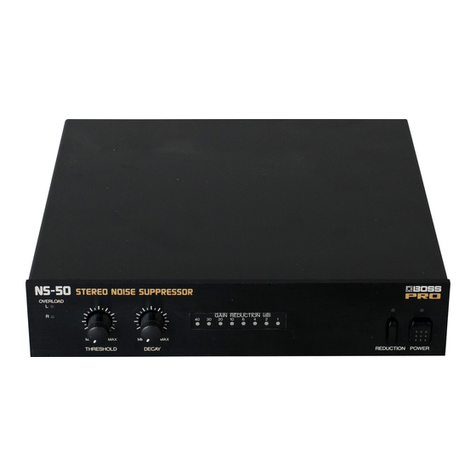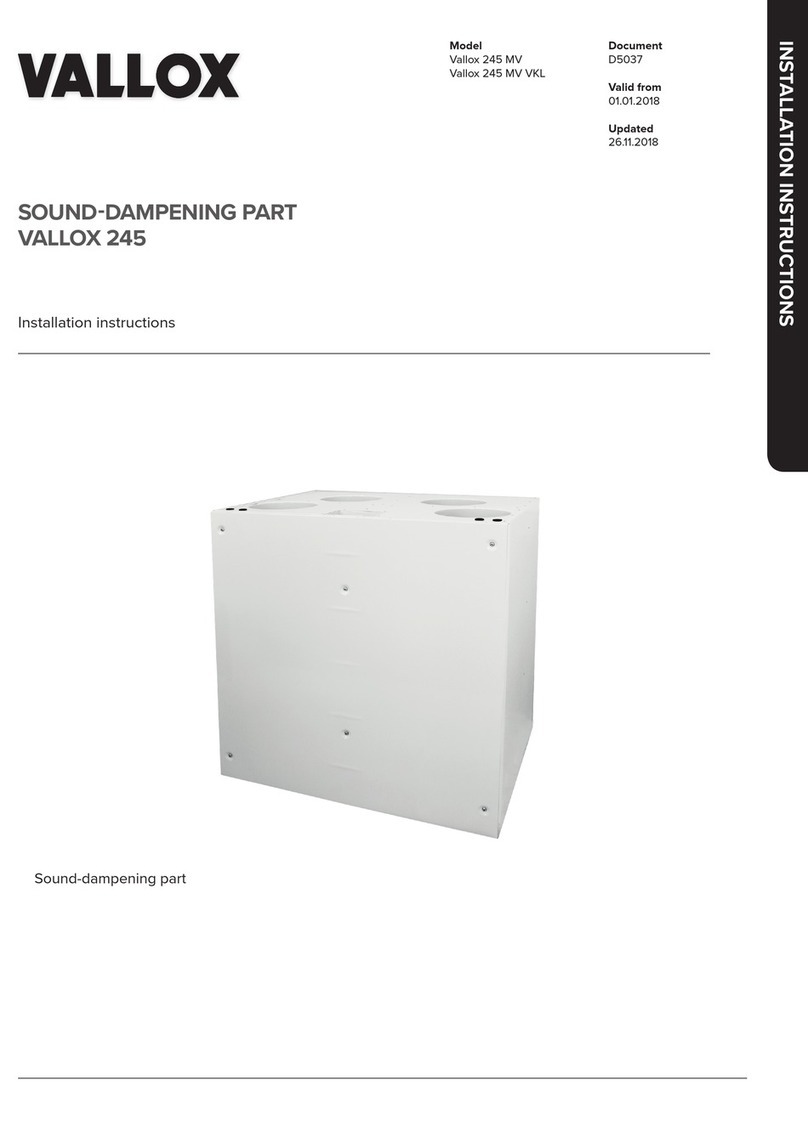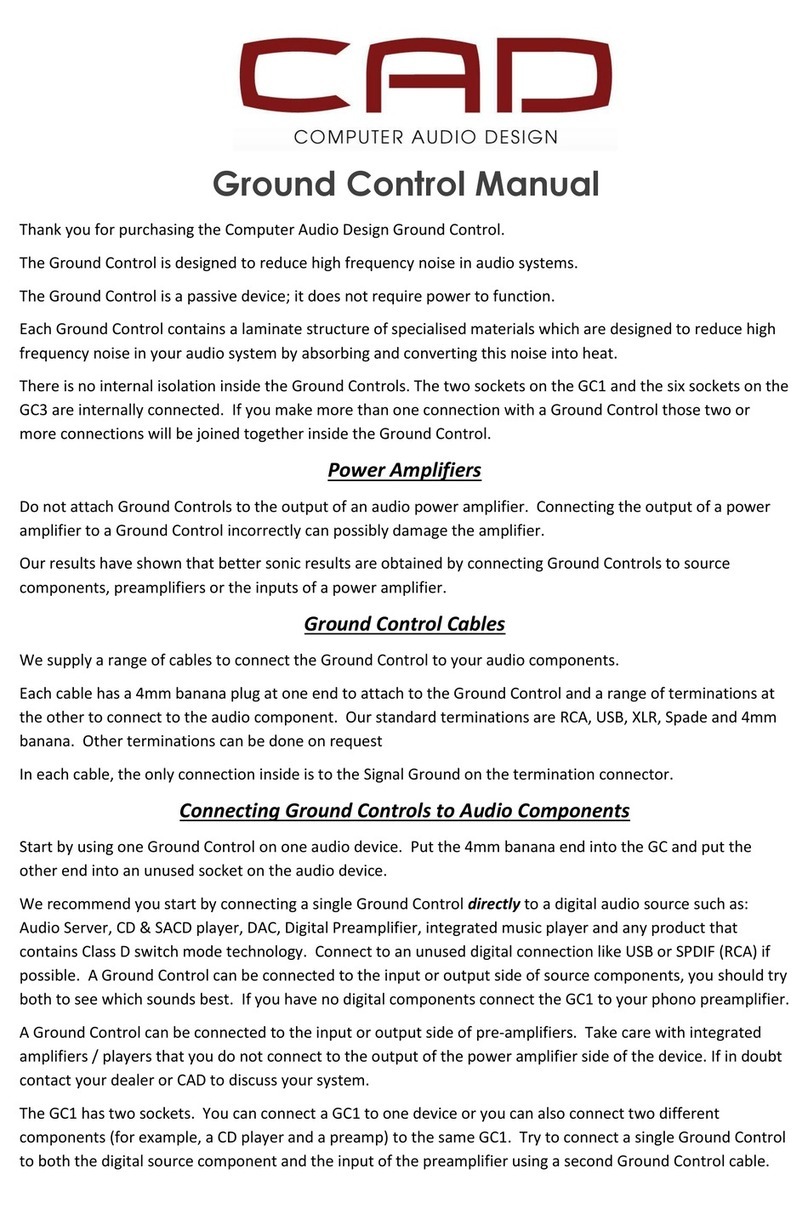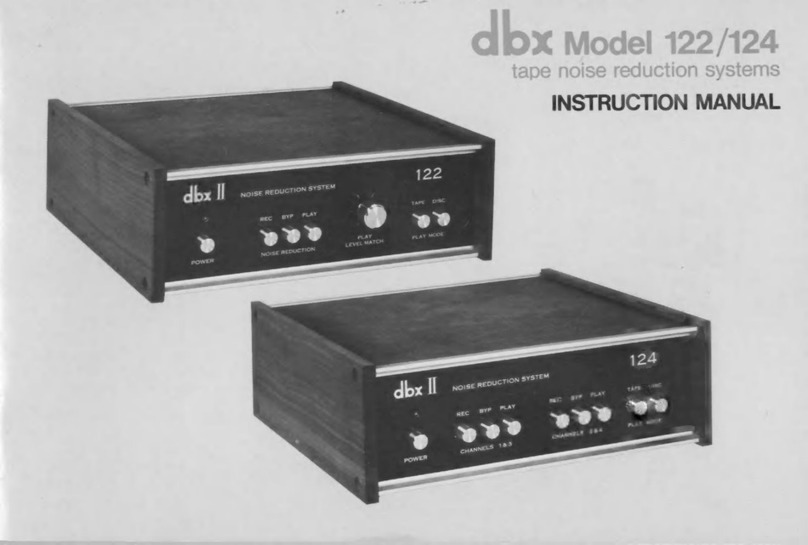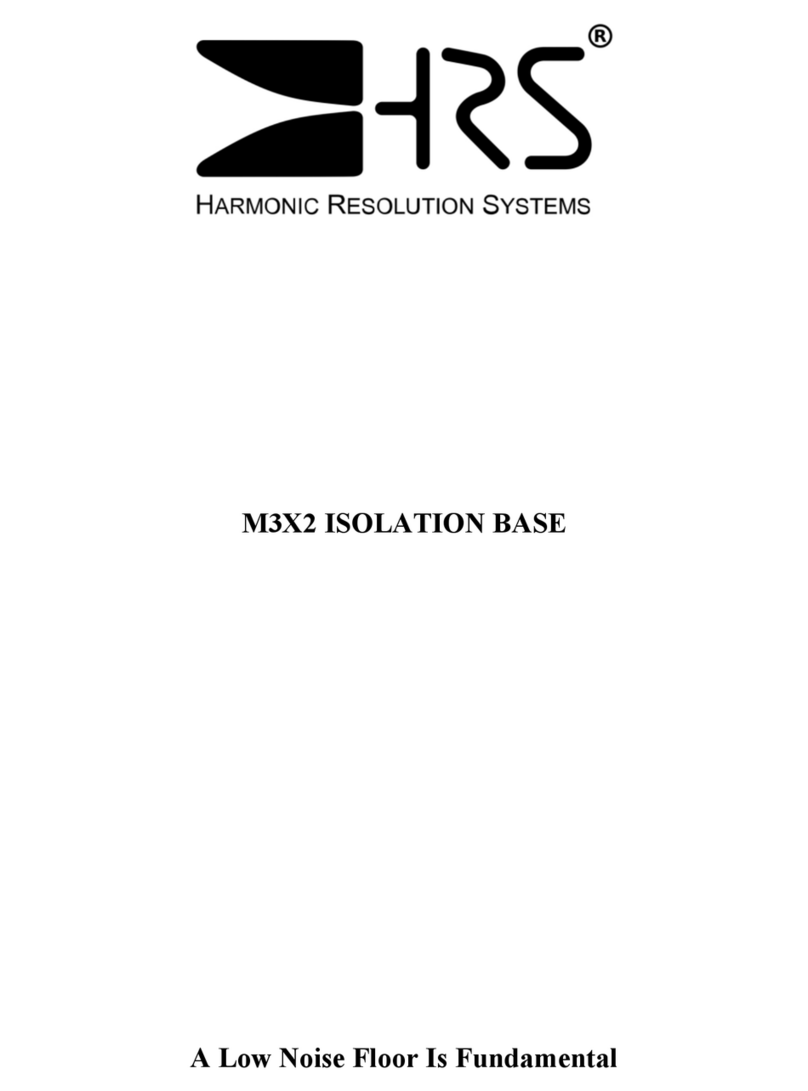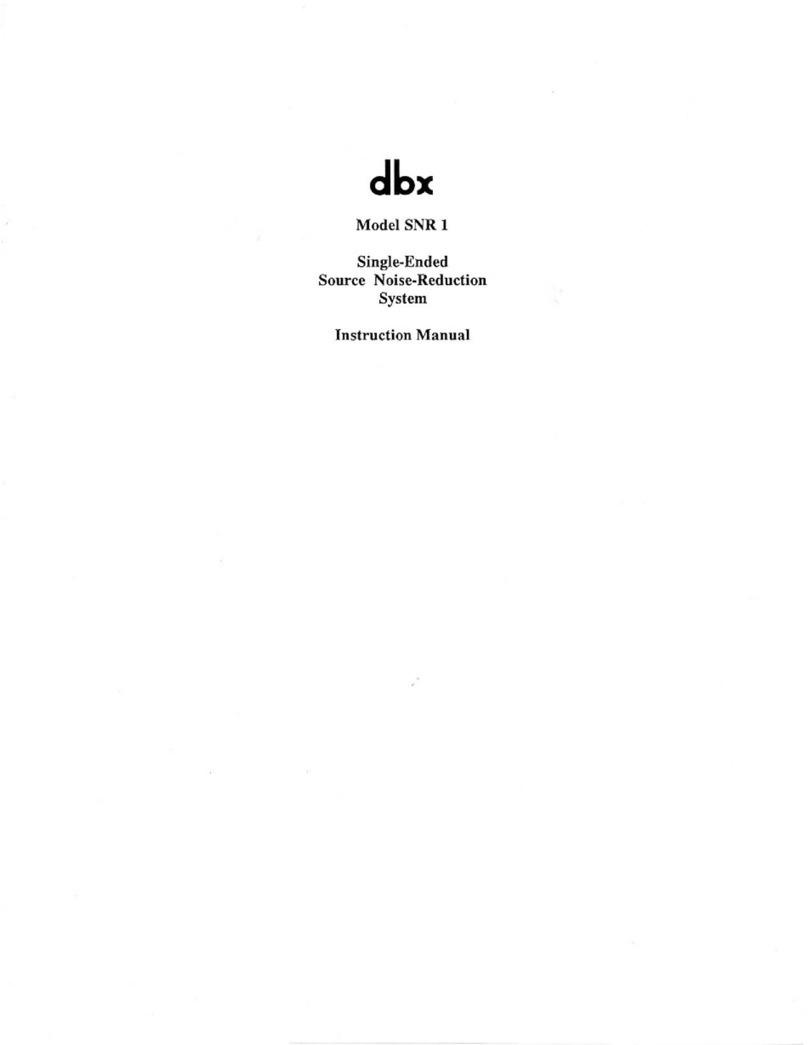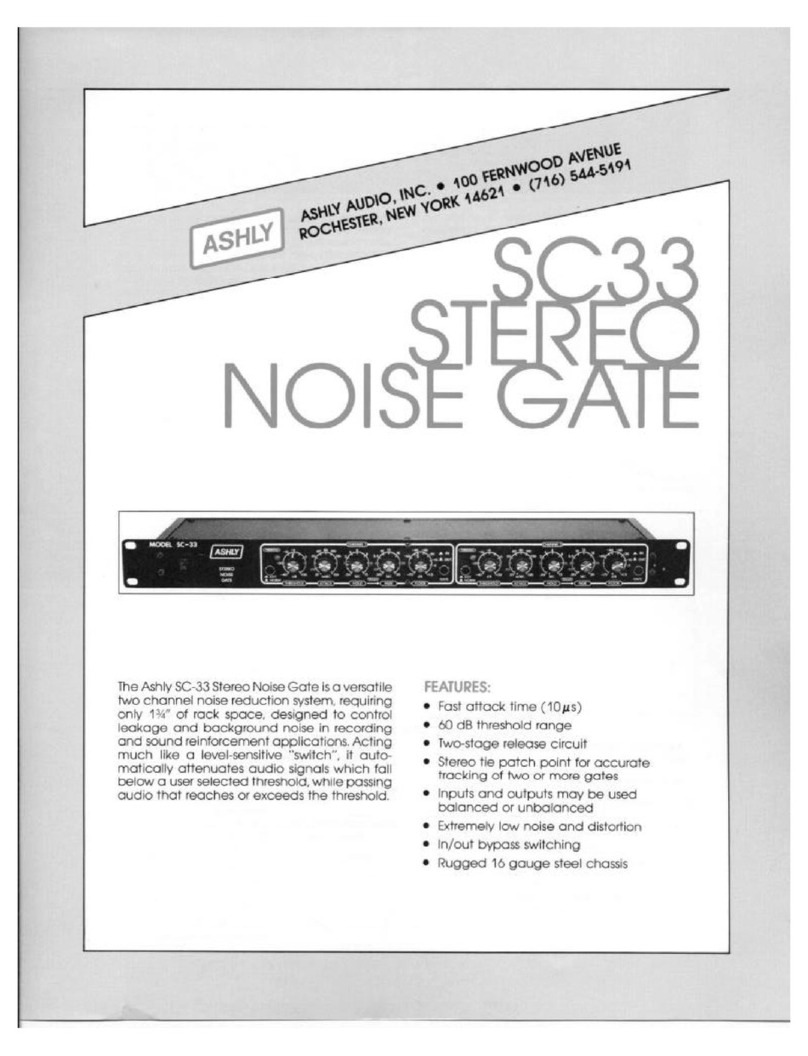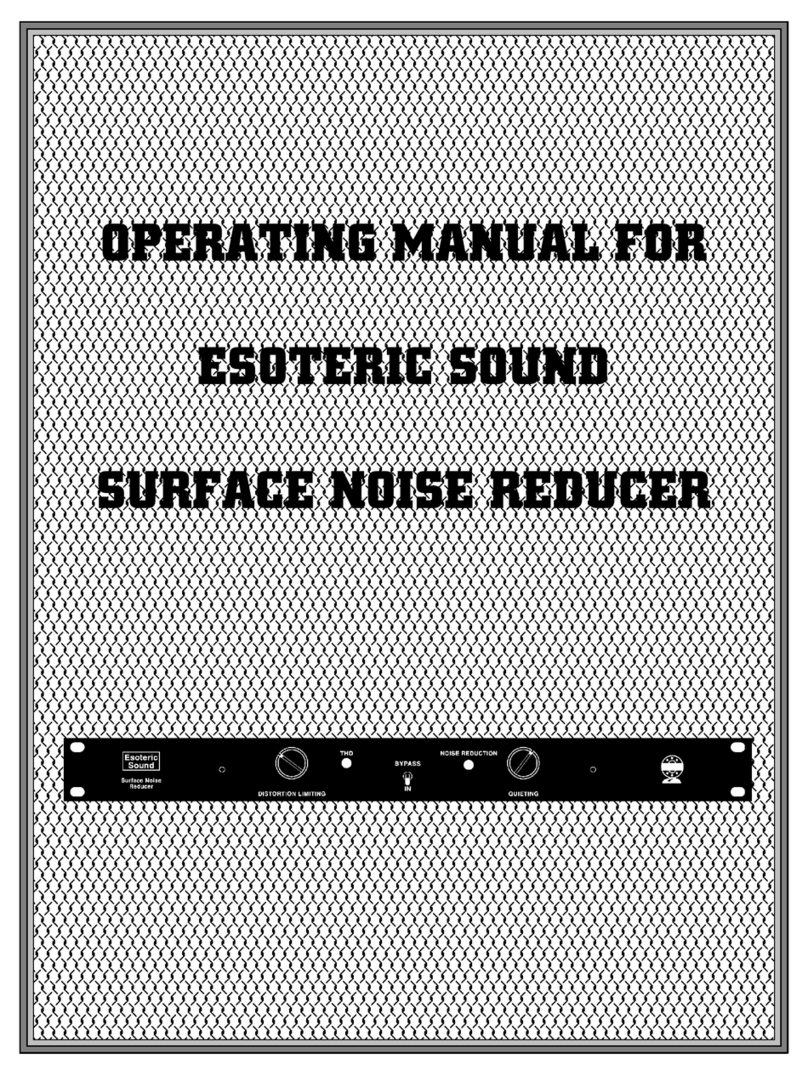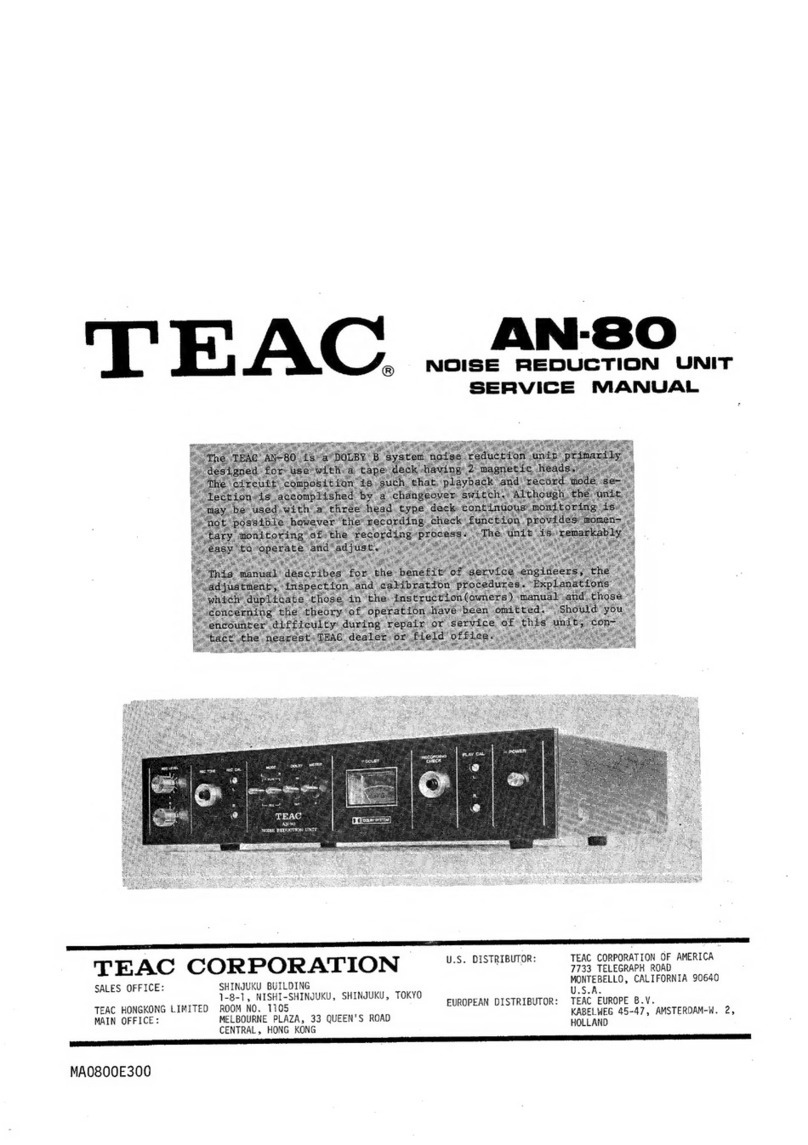
7
High-Current | Low-Z Power Outlets
There are four High-Current/Low-Z Power outlets (labeled “1” through “4”). These outlets feature our Transient
Power Correction Technology (90 amps peak - up to 25 mS duration) and are designed to enhance the
performance of power ampliers via our circuit’s low-impedance transient current reservoir. Power ampliers,
monoblock ampliers, integrated ampliers, powered receivers, or powered subwoofers should be connected
to these four outlets. The primary mono, stereo, or multi-channel power amplier(s) should be connected to AC
outlet 1. This enables the standby sense circuit, which requires the current draw of a power amplier connected
to (and only to) outlet 1. In terms of sonic performance, there is no dierence between outlets 1 through 4. If
the standby sense circuit is not utilized, and the sense circuit bypass switch is set to “Enabled,” any of the three
high-current outlets may be utilized.
For systems with only one or two power ampliers, the two uppermost outlets of the four (outlets 1 and 3) will
provide slightly superior performance due to their closer proximity to the AC outlets’ radio-frequency noise-
dissipation circuit. However, the outlets located directly below will certainly aord exemplary performance.
Regardless of class of operation or circuit topology (valve, solid-state, digital, or otherwise), the Transient Power
Correction Circuit will not compress the current of any power amplier. Quite to the contrary, it will improve the
amplier’s performance by supplying the low-impedance current source that the amplier’s power supply so
desperately needs.
However, the other eight AC outlets (Level-X Ultra-Linear Noise-Dissipation System), are not appropriate
for power ampliers. They have been optimized for line-level audio preampliers, DACs, universal players,
turntables, and video products that utilize constant current voltage amplier circuits. These circuits never suer
from current compression, but their lower input level and higher gain require a more robust means of noise
dissipation. This is key to the Niagara 7000EU’s discrete AC power banks, in that not every circuit is treated the
same, but rather isolated bank by bank and optimized for best performance.
Level-X Ultra-Linear Noise-Dissipation System Power Outlets
There are two banks (with eight outlets) that utilize this technology within the Niagara 7000EU. Further, the rst
bank (AC outlets 5 through 8), are 100% isolated from the second bank (AC outlets 9 through 12). All eight of these
outlets are in turn, 100% isolated from the High-Current/Low-Z bank (outlets 1 through 4). This oers a great
advantage in controlling the complex interactions of RF (radio frequency) and other induced noises present in
the AC power supplied from your utility, the noise that will be present on and in every AC cord, and the noise that
is produced within your system’s components and that “backwashes” into the Niagara 7000EU’s output circuits.
Though it would be simple to recommend putting the digital or video components into bank 2, and the line-
level audio components and turntables into bank 3, the quest for optimal performance is more complex. This
scenario will work, and likely work well, but a certain amount of experimentation is best given the fact that no
lter can eliminate 100% of all noise. The size of many of these RF-induced waveforms possess sinewaves as small
as the edge of a piece of paper, and the interactions are complex. So long as the power ampliers are in their
appropriate banks (outlets 1-4), and the other components are in the remaining banks, you should experience
exemplary performance. Still, for the audiophile with patience, the reward will be system performance with the
highest possible resolution and lowest possible noise.
To achieve that optimal performance, we recommend the following guidelines. For systems that utilize very
few components, bear in mind that it is advantageous to use the uppermost outlets in each bank as they have
a closer proximity to the nal stage noise-dissipation circuits. (The same holds true for the High-Current banks.)
Again, because bank 2 is 100% isolated from bank 3, placing a DAC and/or universal player in one isolated group,
and a preamplier and turntable in another, would be an excellent way to start. For systems that are much larger
and require more outlets, try starting with the most basic setup, then adding one component at a time. Try
either of the two isolated bank groups to see which works best for you. The bank that sounds best (yielding the
greatest resolution) is the best one for your system!

